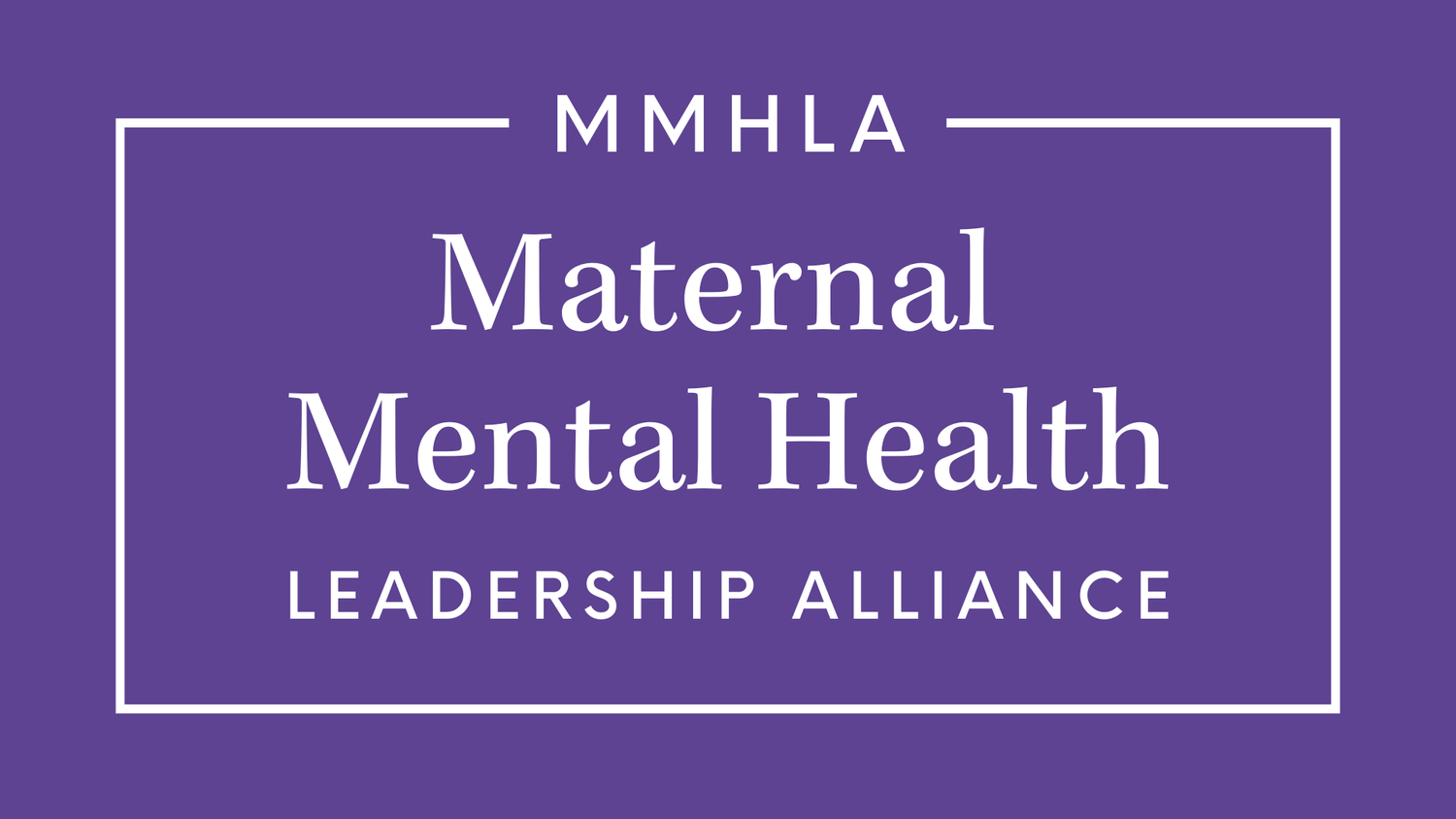United States Maternal Mortality Rate Is Higher Than Ever; Maternal Mental Health Policies Can Save Lives
In 2021, an average of three women died each day in the United States from the complications of pregnancy and childbirth. This number is devastating and unacceptable, but becomes even more shocking when compared to global data: more mothers die in the United States than in any other developed country in the world, and the maternal mortality rate in the United States has been increasing for the last two decades.
Source: Munira Z. Gunja, Evan D. Gumas, and Reginald D. Williams II, “The U.S. Maternal Mortality Crisis Continues to Worsen: An International Comparison,” To the Point (blog), Commonwealth Fund, Dec. 1, 2022. https://doi.org/10.26099/8vem-fc65
Notes: The maternal mortality ratio is defined by the World Health Organization as the death of a woman while pregnant or within 42 days of termination of pregnancy, irrespective of the duration and site of the pregnancy, from any cause related to or aggravated by the pregnancy or its management but not from accidental or incidental causes. 2015 data for FRA; 2017 data for UK; 2018 data for NZ; 2019 data for SWIZ; 2020 data for AUS, CAN, GER, JAP, KOR, NETH, NOR, SWE, and US.
Data: Data for all countries except US from OECD Health Statistics 2022. Data for US from Donna L. Hoyert, Maternal Mortality Rates in the United States, 2020 (National Center for Health Statistics, Feb. 2022).
Maternal deaths in the United States doubled between 2018 and 2021
According to a March 2023 report from the Centers for Disease Control and Prevention (CDC), the number of women dying from maternal causes almost doubled between 2018 and 2021, from 658 deaths in 2018 to 1,205 deaths in 2021.
Maternal mortality rates by race and Hispanic origin: United States, 2018-2021
Source: Donna L. Hoyert, Ph.D., Division of Vital Statistics, National Center for Health Statistics: Maternal Mortality Rates in the United States 2021.
Note: Statistically significant increase from previous year (p < 0.05). Note: Race groups are single race. Source: National Center for Health Statistics, National Vital Statistics System, Mortality.
Women of color have the highest maternal mortality rate
In addition, there is a stark contrast in racial disparities. The CDC data shows that women of color are dying at higher rates than their white counterparts, with Black women dying at 2.5 times the rate of white women. In addition, the maternal mortality rate for Hispanic women almost tripled during the pandemic.
Maternal mental health conditions are the leading cause of death;
suicide and overdose take the most lives
While there are many factors contributing to the high maternal mortality rate in the United States — advanced maternal age, discrimination from healthcare providers, and lack of access to quality healthcare to name a few — mental health conditions are the leading cause of pregnancy-related deaths. Most notably, suicide and overdose are the leading cause of death in the first year postpartum — a period of time when support for new mothers and birthing people is critical but severely lacking.
Experts across the political and healthcare sectors are working towards solutions
The need to improve maternal mental health for America’s mothers is acknowledged by many across the political and healthcare sectors and has resulted in impactful research and initiatives, some of which have informed new policies that have created both federal and state-based changes — the National Maternal Mental Health Hotline (1-833-9-HELP4MOMS) and the State-Based Perinatal Psychiatry Access Programs are the most recent examples.
Without policy, research and best practices remain limited in their impact
According to a recent report from the CDC, 4 out of 5 maternal deaths are preventable, so there is hope that this crisis can be abated. However, it is essential for researchers, healthcare professionals, and policymakers to remember that initiatives, best practices, and research are limited without the vehicle of policy to drive the systemic changes needed to reduce maternal mortality and improve maternal health outcomes for all mothers and birthing people regardless of race, ethnicity, income, or zip code.
Informing policy decisions at MMHLA’s next Annual Congressional Briefing
At Maternal Mental Health Leadership Alliance (MMHLA), we bridge the gap between lawmakers, researchers, and medical professionals in order to create policy solutions that address the maternal mental health crisis.
In December 2022, we successfully advocated for the passage of Into the Light for Maternal Mental Health and Substance Use Disorder Act of 2022, and we hosted a successful Advocacy Day where we facilitated over 110 advocates meeting virtually with 50 congressional offices.
Later this year, we will host our annual Congressional Briefing where we will convene maternal mental health experts, clinicians, and policymakers to review the latest research, discuss the most pressing problems, and formulate solutions that can solve this crisis.
Want to attend this year’s Congressional Reception on September 27, 2023?
Then subscribe to our newsletter! Join over 10,000 people who receive monthly updates about events, advocacy opportunities, and resources in the maternal mental health space.


